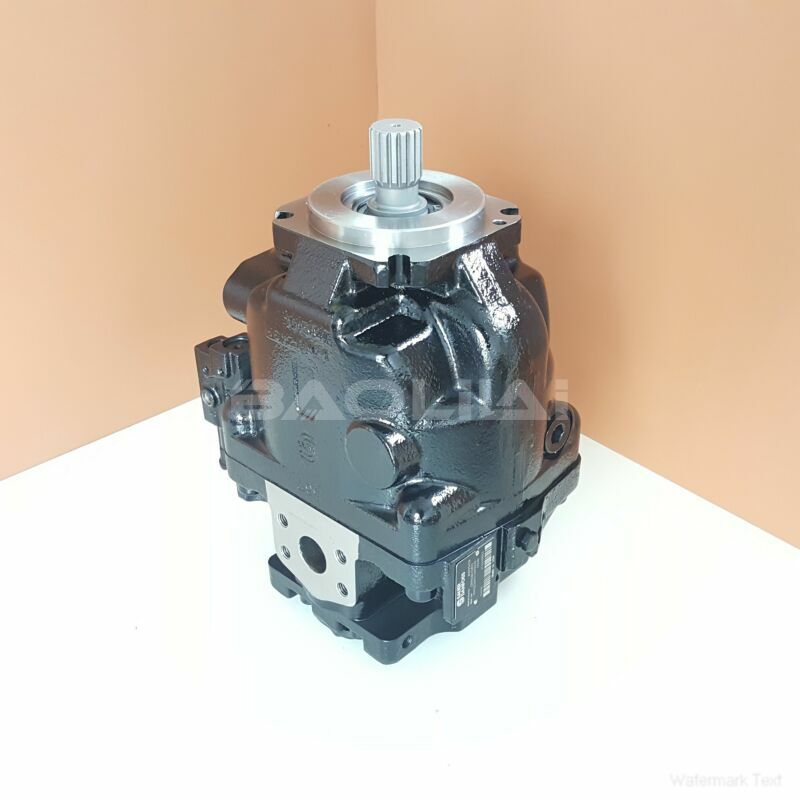ERL147CLB1710NNN3S1BPA1NNNNNNNNNN piston pump
ERL147CLB1710NNN3S1BPA1NNNNNNNNNN piston pump

- Product Details
- Applicable Scene
In addition, fluid properties play a vital role in preventing cavitation. Using fluids with appropriate viscosity, as higher viscosity fluids can help mitigate cavitation risks, can be beneficial. Operators should also ensure that the hydraulic fluid is free of impurities, as contamination can alter fluid properties and exacerbate cavitation issues.
ER-L-147C-LB-17-10-NN-N-3-S1BP-A1N-NNN-NNN-NNN
ERL147CLB1710NNN3S1BPA1NNNNNNNNNN
Implementing proper maintenance practices is equally significant in combating cavitation. Regular inspection and servicing of the hydraulic system can identify wear and tear on components that may influence performance and increase the potential for cavitation. Clean filters, well-maintained pumps, and properly lubricated components help ensure that the system operates smoothly and efficiently.

83005719
Lastly, if cavitation persists despite preventive measures, consider incorporating cavitation-resistant technologies. Devices like anti-cavitation valves, which stabilize the pressure within the system, can significantly reduce the likelihood of cavitation. Variable frequency drives (VFDs) can also help by allowing pumps to adjust speed according to the demand, ensuring that flow rates remain within a range that minimizes cavitation risks.
In conclusion, effective management of hydraulic pump cavitation in high-torque fluid circuits requires a comprehensive approach that includes understanding the underlying causes, optimizing system conditions, selecting appropriate equipment, performing regular maintenance, and utilizing advanced technologies. By implementing these strategies, operators can significantly reduce the chances of cavitation, leading to enhanced operational efficiency and extended equipment life.





